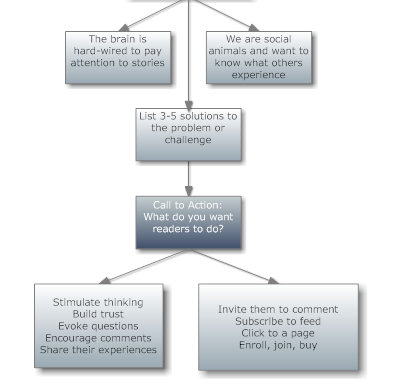 How’s your content marketing with blogs? Are you brilliantly blogging several times a week?
How’s your content marketing with blogs? Are you brilliantly blogging several times a week?
There comes a time when we all run out of things to say (or at least most of us!). The blog must be fed anyway. Treat your blog like a prized chihuahua… feed it well and it will do wonders to attract readers…
But if you don’t feed it and take care of it, it will turn nasty, and bark and growl for attention. All of which will end up biting you in your traffic stats.
It’s not that we run out of things to say. I’ve got plenty to say about most things. It’s that it’s hard to perform on queue. It’s hard to be creatively brilliant when you want to be, in the time you’ve got available.
But I’ve got a lot of cheat cards up my sleeve. Here are my favorite tips for coming up with a blog post when you’d rather be out playing tennis:
- Start with a picture. iStockPhoto.com has some amazingly creative photos and drawings you can use for just about any topic. An unusual photo, like a punk chihuahua, can be used as bait to draw readers’ eye into your blog post. Just be sure you can follow up with good tips or content that’s relevant to your readers.
- Start with a shocking title. Use the checkout stand at the grocery store to review the latest National Enquirer or other tabloid headlines: “5,000 Year-old Man Frozen in Ice Had Affair with Palin.” The idea is to use shock and humor and turn it into valuable content for your readers.
- Start with a video. Turn on your web cam and talk to your readers from the heart. Sometimes this comes spontaneously, other times it might require a little thought and scripting. Some people are better at this than others. (For myself, by the time I get my hair and makeup and the lighting right, I’ve forgotten what was so important to say…)
- Start with OPC… other people’s content. Go find a brilliant post by one of your favorite authors, say for example, one you can easily find on AllTop.com. Use excerpts but add your own opinion and perspective.












